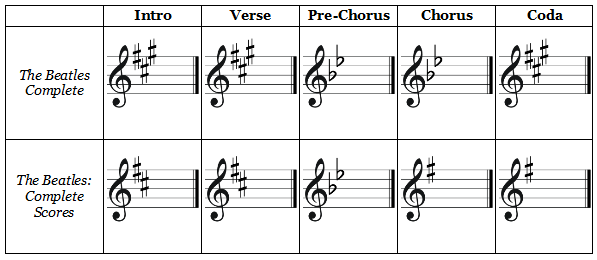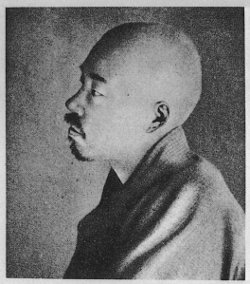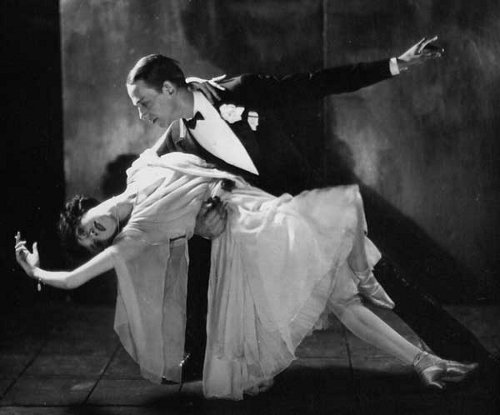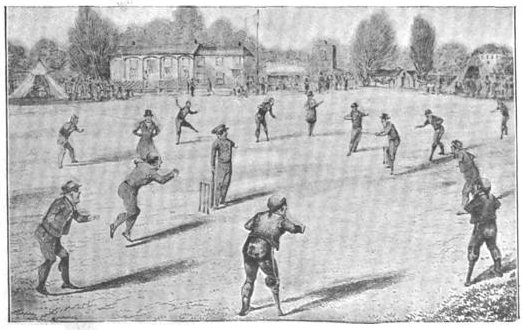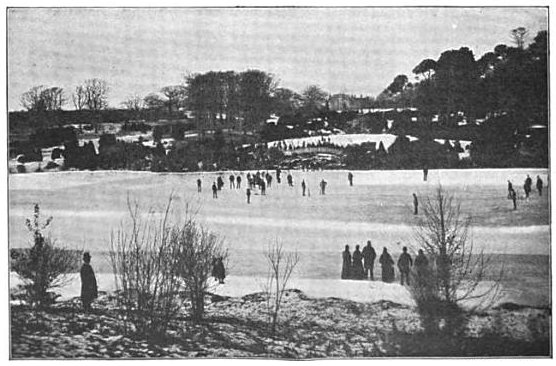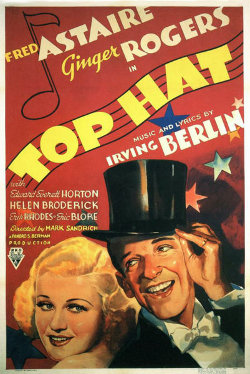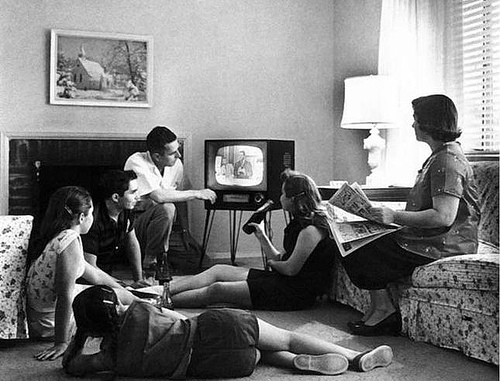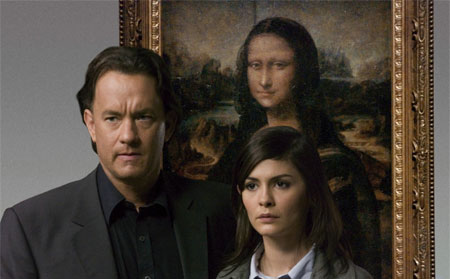
It is often very hard to tell a fake from an original, even when you know it must be fake. Think about the opening scenes of the movie version of Dan Brown’s The Da Vinci Code. Some scenes were shot in the galleries of the Louvre. The museum would not allow actors Tom Hanks or Audrey Tautou to remove Leonardos from the wall, so those scenes were shot in London. One hundred and fifty paintings from the Louvre were reproduced for the London set, using digital photography. Artist James Gemmill overpainted and glazed each, even copying the craquelure and the wormholes in the frames. When Madonna of the Rocks is removed from the wall, the back of the painting shows the correct stretcher placement and Louvre identification codes.
Dealers in Old Masters who saw the movie and were familiar with the originals in the Louvre confess to not being sure which paintings are copies … The answer is that every painting in the movie that is touched by Hanks or Tautou is a copy. Paintings that appear only as background in the Louvre are real. What happened to James Gemmill’s copies after the scenes were shot? No one will say.
— Don Thompson, The $12 Million Stuffed Shark, 2009

